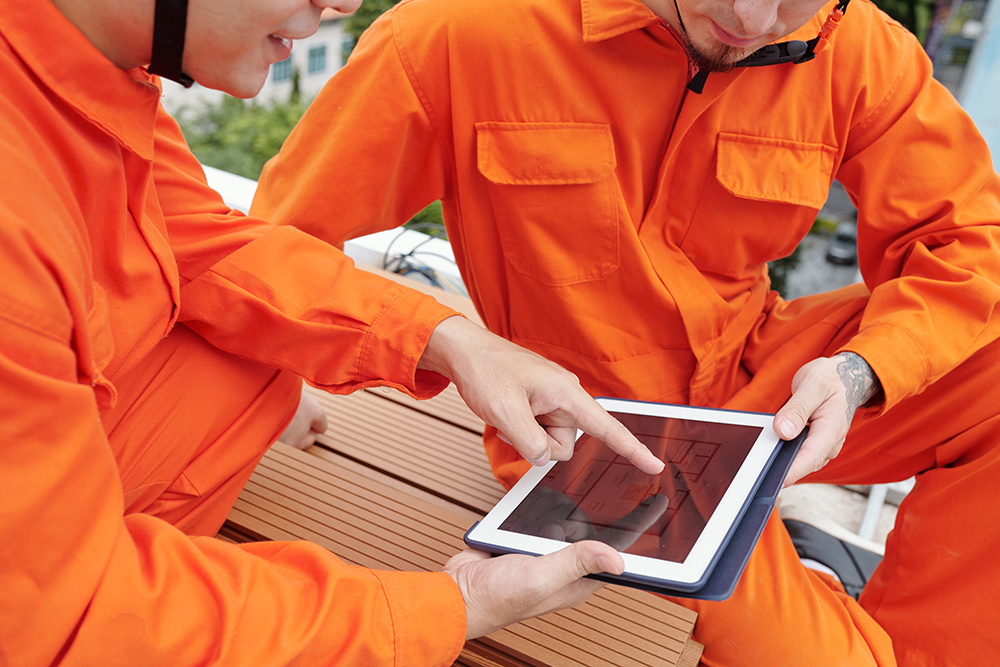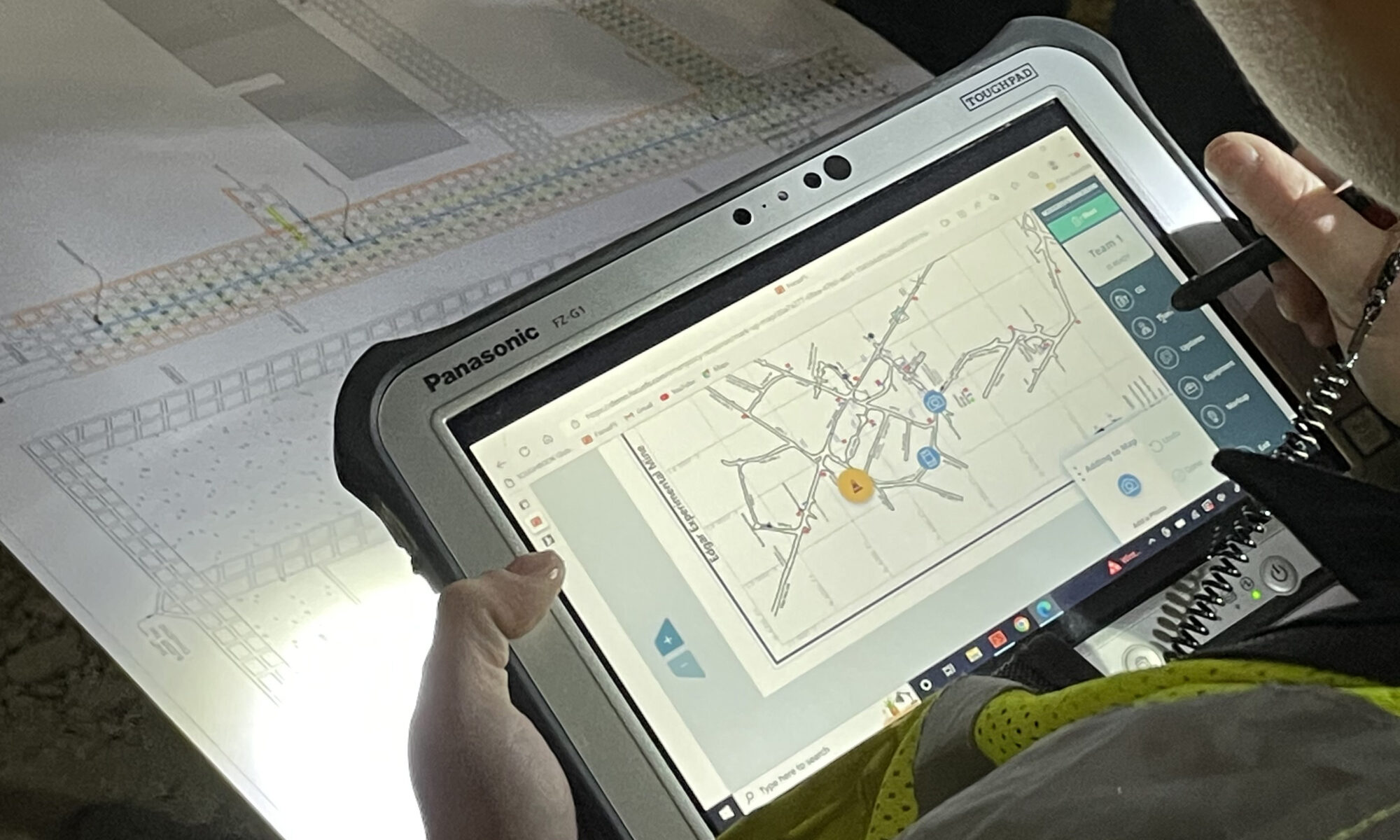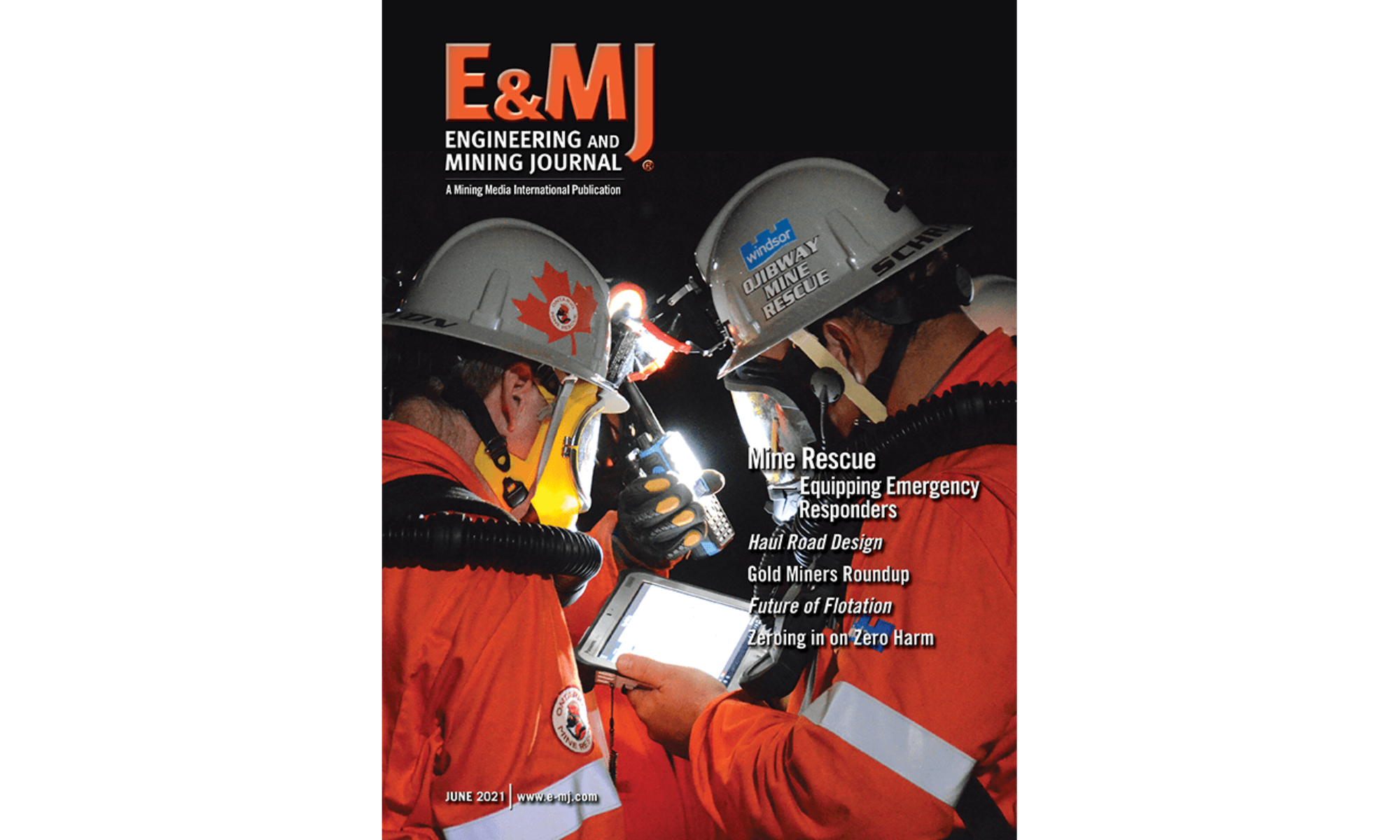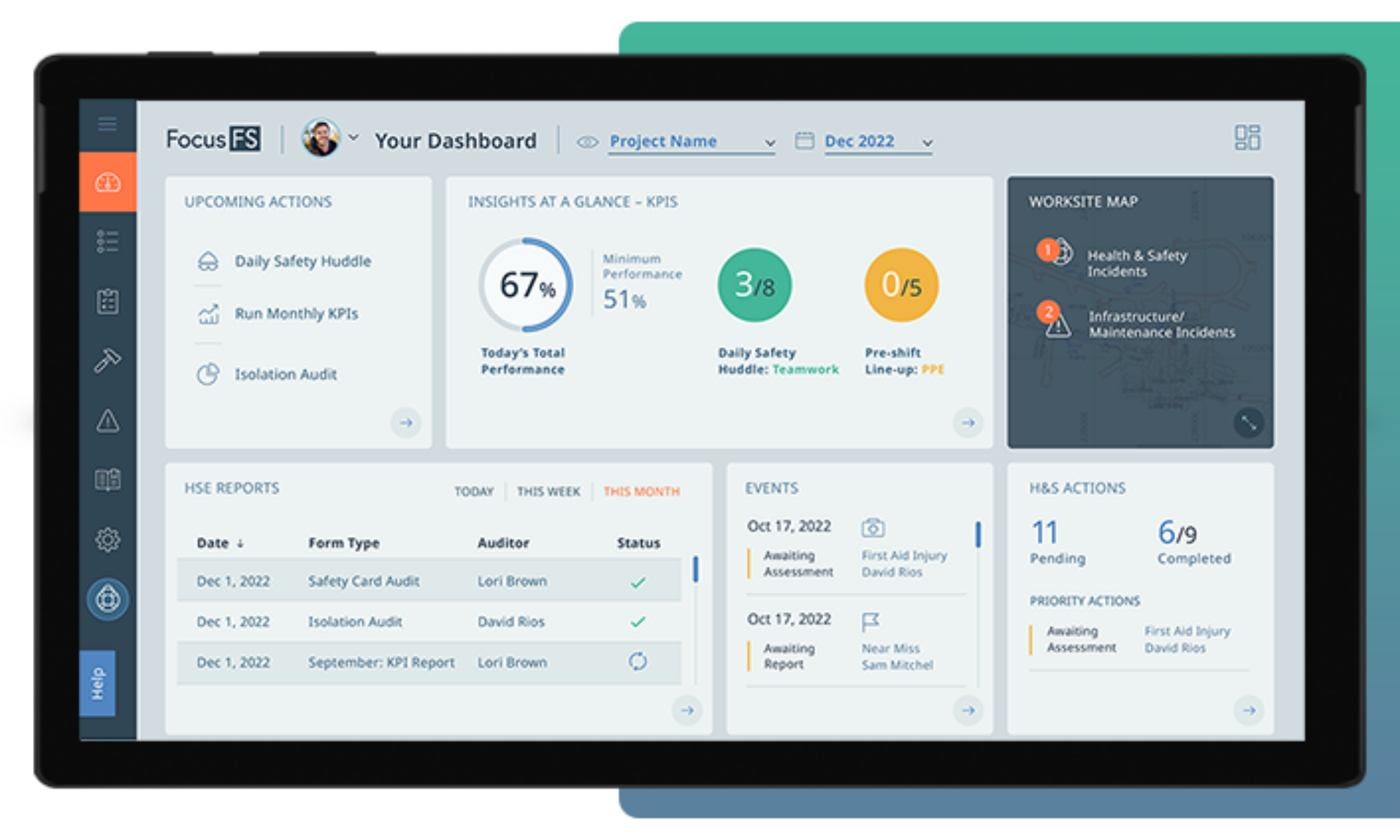Blog
Using Technology to Improve Mine Rescue Responses – Part 3
February 8, 2022
 This four-part series will look at some of the common problems associated with mine rescue management and provide insights into choosing the best digital mine rescue management system that fits your needs and helps provide the best possible outcomes. (Click to read Part One and Part Two.)
This four-part series will look at some of the common problems associated with mine rescue management and provide insights into choosing the best digital mine rescue management system that fits your needs and helps provide the best possible outcomes. (Click to read Part One and Part Two.)
Part Three: Record Keeping, Reviewing and Reporting
In addition to reporting information to the command centre, the rescue team captain keeps detailed records during the mission.
Correspondingly, command centre personnel keep time-stamped records of what information has been received and what they’ve relayed throughout the entire operation.
Upon completion of a mission, the captain completes their report, which includes such details as time logs, maps and photos, specifics on injured personnel, and so on.
Other officials also compile data, hold debriefings with key witnesses, and carry out extensive investigations to help get an accurate view of what happened.
However, the accuracy of a mine rescue captain’s report might be hindered from illegible or damaged mission notes, missing or lost paper maps, inaccuracies or inadvertent omissions in timelines, etc.
Command centre personnel reports might suffer from such issues as incorrect timestamps, missing or misplaced forms, etc.
In addition, feedback from key personnel might get missed if they’re not available or if their input is not correctly recorded.
All of this in turn could delay or negatively affect the official report sent to mine officials or regulatory bodies, as well as hinder corrective or preventative actions and their desired outcomes.
Benefits of Technology
Comprehensive incident reporting and record keeping, and post-incident reviews and investigations can be assuredly carried out in a timely manner and then securely filed with the right digital mine rescue management system.
All emergency communication records, photos, memos and other information are automatically timestamped and stored in one cloud-based location.
No piece of data gets lost, misplaced, or damaged. This allows for easy review and reporting following the emergency operation.
Additional post-incident feedback from multiple sources can also be collected and centrally stored, providing officials and investigators with well-rounded information to complete thoroughly accurate reports. They can also provide comprehensive and meaningful recommendations.
Corrective and preventative actions can also be easily managed, ensuring overall positive and productive outcomes.
Likewise, regulatory reviews and audits can be enhanced with access to an operation’s extensive and highly-detailed collection of analytic data.
Read Part Four: User-friendly Approach and Final Thoughts.
—
Sources:
B.C. Ministry of Energy and Mines. (1998, Updated 2016). Western Canada Mine Rescue Manual. (PDF)
—
Subscribe to our newsletter
hbspt.forms.create({
region: “na1”,
portalId: “19922270”,
formId: “fb64bf68-e341-4ba5-9fea-f6ba9ecb5a1d”
});



